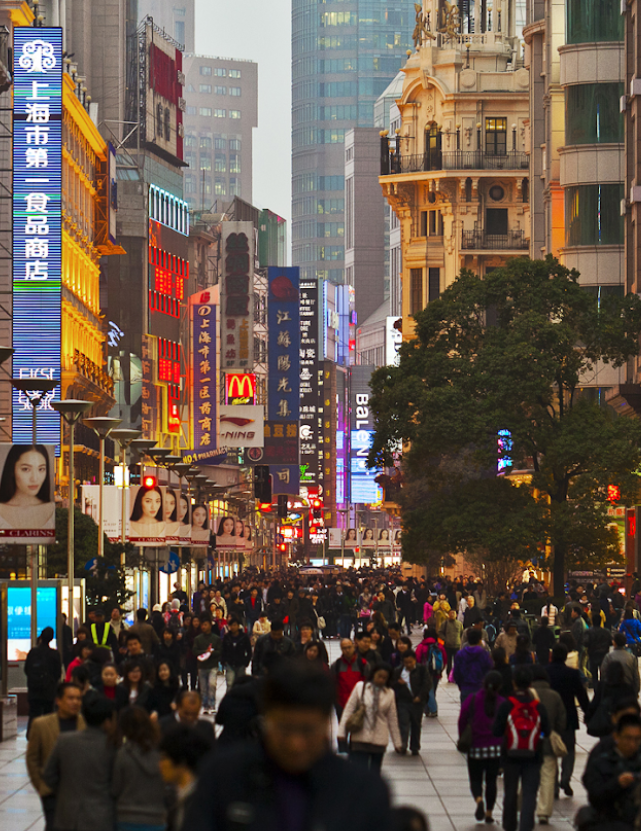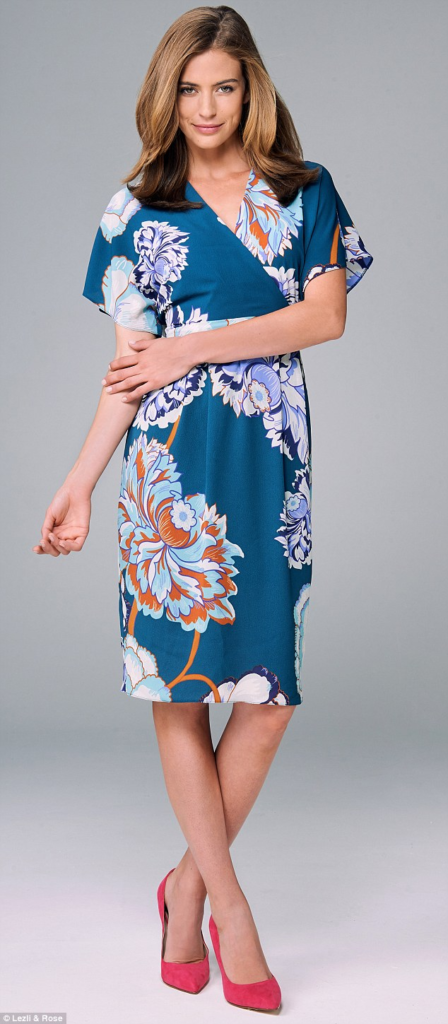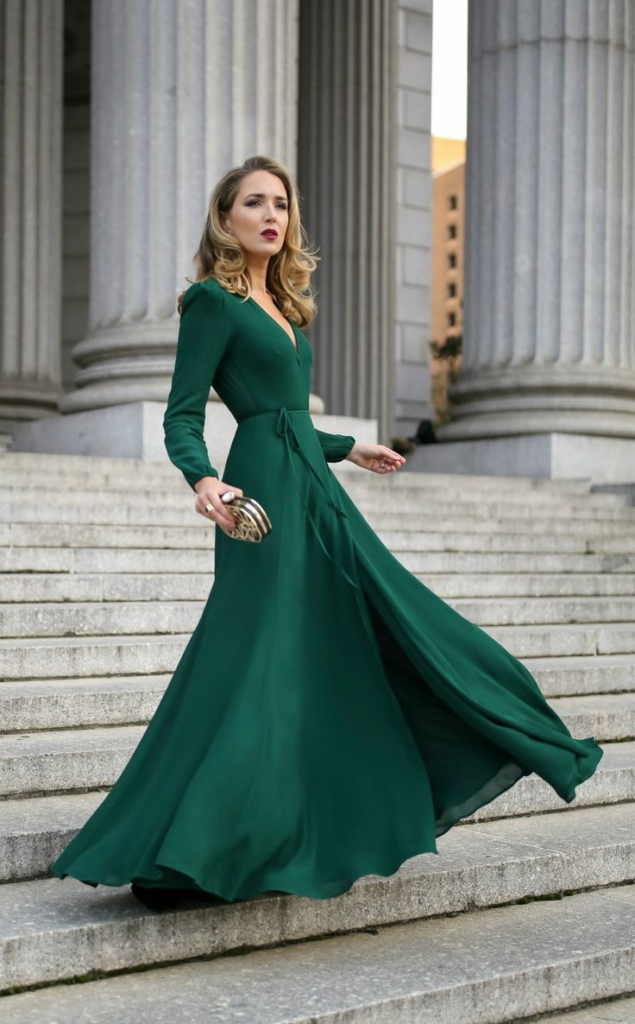Let’s make second hand sexy again!: Exploring sustainable fashion
This brilliant video, a call to arms to make 👏 secondhand 👏 sexy 👏 again 👏!, released by Meg Watts inspired me to write about second hand clothes and generally more sustainable forms of fashion. Here is some information to begin your journey learning about the world of environmentally friendly style.
What is sustainable fashion?
Sustainable fashion is the idea of making sure that what we deem as fashion is manufactured, worn and sold in the most sustainable manner possible.
One way of trying to achieve a more sustainable fashion world is to try and make sure that the fashion system is circular, where items endlessly circulate our system, being used for various purposes at each point; rather than simply being disposed of after they have passed their use for their original purpose.

The current fashion economy is built upon the fact that there is a high demand for cheap clothes, which has further encouraged companies to hunt down cheap production methods (exploiting labour and makes for lower quality clothes), easily accessible raw materials (means garments are less well durable), and low-cost energy for use during production (increased emissions in the production of clothes).
With global populations predicted to rise in the next 10 years, and the growth of the middle class in the developing world; there will be a huge increase in demand for clothes in the coming years.

This current fast fashion model will not be able to meet that demand without doing irreparable damage to the world, so some sort of move towards more sustainable fashion will be necessary.
Some of you may be worried by the idea of moving away from the world of fast fashion, but moving towards slow fashion doesn’t mean missing out on fashion or valuing style. It simply means living by the rhetoric of “Buy less, wear more”, and being more conscious when you do buy. The idea is to invest in wardrobe classics that are versatile to style and guarantee better mileage, rather than buying something cheaper and wearing it twice and it living in the back of your wardrobe to be never seen again.

Tips for achieving a circular economy
Some tips for contributing to a circular economy when it comes to fashion would be;
Try to buy clothes based on quality, not quantity, so that your garments last and don’t need replacing. Second hand clothing can be just as valid and luxurious as new pieces, and to encourage fashion fans to invest in well-made pieces, with emphasis on quality over quantity in their purchases. This emphasis on quality is nothing new, which is why there is an abundance of vintage clothing that hasn’t fallen apart in 40+ years whilst your dress from ASOS lasted two nights out.

Buy Second Hand
Start with vintage and second-hand stores. This kind of shopping is rising in popularity, and people are turning their eyes to the old for pieces that just can’t be located on the high street. Buying something that you know has had a previous life can often have its own allure.

Commit to clothes
Use clothes for as long as possible, treating them as a commitment rather than something you will wear a few times then throw away.
Sharing is caring
Give clothes to others, either directly or through second hand stores/charity shops, if you don’t want them anymore.
Event Attire
Try sharing, lending, renting, or leasing clothes when you next consider buying a new outfit for an event.

Environmental standards
Try to buy garments with biodegradable or recycled materials at the heart of them, and made by companies that follow environmentally responsible production processes. This also goes for trying to find companies that comply with the rules on fair trading, positive animal protection practices and good working conditions for their garment workers.

Shop slow fashion brands
Slow Fashion brands have begun utilising ageless styles that will never go “out of style”, in versatile garments that can be layered and worn throughout the year. If companies on the cutting edge of this can succeed, it might encourage people to build more minimalist wardrobes and invest in garments that they keep for a lifetime rather than a cheap sparkly top they will wear once and end up destroyed by the end of the night.
If you want to know more about the world of Slow Fashion, have a look at our article!


